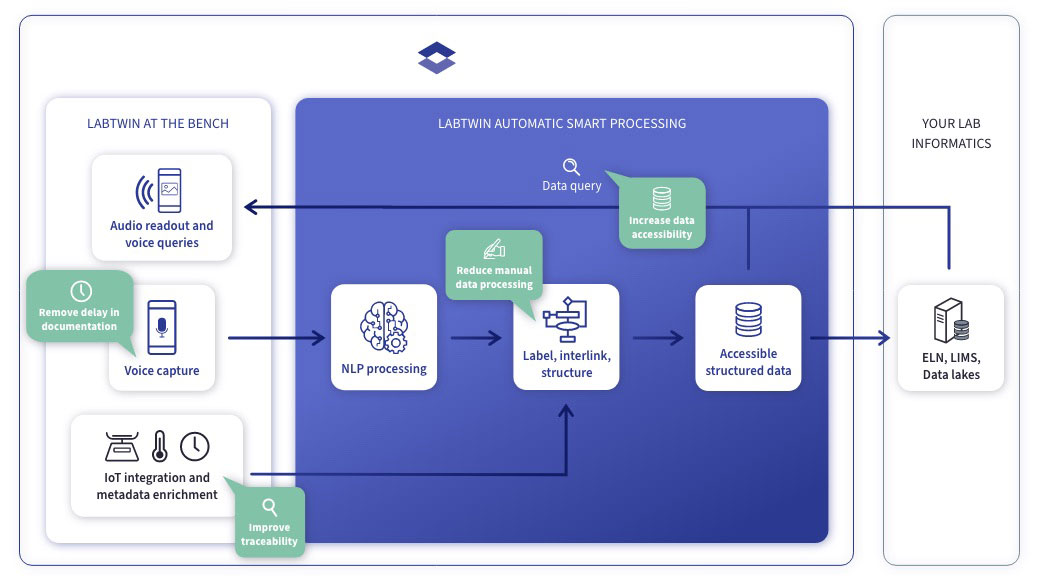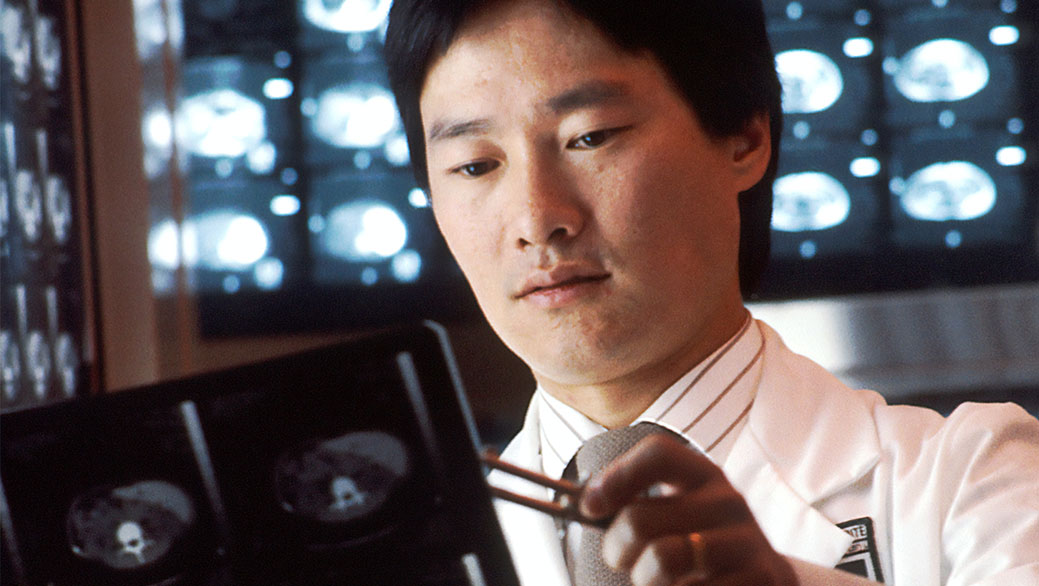AI & Automation
Advances linked to artificial intelligence, robotics, and machine learning have already changed healthcare, and will only continue to grow in importance. We are already witnessing what some experts are calling „the rise of the data-driven physician,“ which means that both current and future physicians will have to navigate seas of big data as digitization and its allied technologies increasingly permeate our daily routines and working practices.
RECENT DEVELOPMENTS
Rising operational costs, supply chain complexities, staffing shortages, and the ever-present mandate to deliver better patient care have forced healthcare organizations to seek innovative approaches to meet these new challenges. Thus, the adoption of innovative digital technologies is critical in improving healthcare services, and patient care, streamlining operations and why not, and increasing revenue margins.
Emerging digital technologies, such as Intelligent Process Automation (IPA) that leverages Robotic Process Automation (RPA), Artificial Intelligence (AI), Machine Learning (ML) tools, Private and Public Cloud, Data Analytics, and their respective integration, enable higher levels of operational efficiency while bringing a concerted approach to improve patient care.
Under this new technological landscape, it is relevant to mention that the actors shaping such transformation are not precisely the traditional ones in the healthcare sector.
A recent Sandford Medicine report on Healthcare Trends[1], amply documents that companies that have long operated outside of healthcare are entering the fold. With this shift, a significant amount of innovation is being driven by partnerships between healthcare providers and so-called „non-traditional“ entities, including major consumer technology companies.
The potential for these technologies in the medical field is vast and as McKinsey analysts predict[2], „activities most likely to be automated include physical activities in highly structured and predictable environments, as well as data collection and processing.“ Robotic surgery, patient monitoring, and the analysis of medical scans and images to identify cancer, tumors, and other abnormalities are examples of the advances that such technologies enable. These still-emerging technologies will continue to expand our notion of human-machine collaboration and foster a transformation of both the worker and the work in healthcare.
IMPLICATIONS FOR THE HEALTH INDUSTRY
One of the greatest benefits of automation in healthcare is that it can improve clinical decisions and support evidence-based practice, which combines the use of research with clinical practice to identify best practices in diagnosis and treatment. AI, which has been trained on massive data sets, can accelerate research and diagnoses. Physicians use AI to support their treatment decisions, augmenting, rather than replacing, their expertise.
However, the appropriation of such technologies will require retraining and retooling of healthcare staff and infrastructure. According to the Stanford Medicine 2020 Healthcare Trends Report, medical curricula offering data-oriented courses are becoming increasingly common.
According to predictions by McKinsey, up to half of today’s work activities will be automated by 2055, which means that healthcare will be different from what we it is today. Experts seem positive that it will be dramatically better.
One of the main benefits of automation in healthcare is that it will be able to improve clinical decisions and support evidence-based practice, combining the use of research with clinical practice to determine the best diagnostic and treatment practices. AI, trained on massive data sets, will be able to accelerate research and diagnosis, and clinicians will use AI to support their treatment decisions, augmenting their capabilities, rather than replacing their expertise.
But vast amounts of data, captured, stored, analyzed, and interpreted in real-time, will also be the basis for generating automated diagnostics. The use of self-monitoring devices-available at the ease of home-will enables multiple diagnostics on their own and will become commonplace.
As a result, healthcare will cease to be a reactive, disease-fighting response; it will become an ever-proactive system, with new technological tools available to anticipate the progression of the disease, or even prevent its onset.
[1] The Rise of the Data-Driven Physician. Stanford Medicine 2020 Health Trends Report
[2] A Future that works:automation, employment, and productivity. McKinsey & Company, 2017 MGI-A-future-that-works-Executive-summary.ashx (mckinsey.com)
MICROTRENDS
VOICE-POWERED ASSISTANT FOR THE LAB
The German start-up LabTwin has developed a voice-powered digital assistant that will simplify the documentation of scientific experiments. A significant part of lab work involves keeping records to document errors and guarantee the reproducibility of the experiments. The digital assistant will carry out these steps and also set a timer as well as add missing equipment and lab requirements to shopping lists. The assistant is powered by artificial intelligence which makes all the documents and notes available on a platform.

PLATFORM-BASED AI HEALTH SOLUTIONS TESTING
The startup Gesund.ai has set itself the task of delivering the data necessary for validation studies to make it possible for AI-based health technologies to be validated through testing. It provides AI companies with curated medical data and tools that allow them to test and improve their algorithms. Because medical data is subject to strict legal requirements, the platform is based on a technology stack that could be found in a hospital or private cloud. The “Validation Dashboard” works as an agent between secure hospital networks and AI companies.

FLOWME – SOFTWARE TO DETECT CANCER CELLS IN THE BLOOD
As part of the “FlowMe” project, researchers from the Computer Vision Lab at TU Wien have partnered with the St. Anna Cancer Research Institute to develop a software program that is based on a neural network and automatically detects cancer cells in flow cytometry. For this purpose, the model has been trained using hundreds of datasets that come from various clinical centers around the world. To assess a sample, the software only needs a fraction of a second, although a skilled specialist would need an average of 10 minutes. This enables treatment to be individually adapted to all patients.

MURAL – REMOTE MONITORING OF INTENSIVE CARE PATIENTS
GE Healthcare and Microsoft have developed cloud-based software called the “Mural Virtual Care Solution” that allows Covid-19 patients in intensive care units to be monitored for early signs of a worsening condition. The solution integrates data from several systems, such as ventilators, electronic medical records, and a laboratory, in a single hub. Hospital staff can use this to remotely monitor patients, thereby alleviating the demands on doctors and carers, and limiting contact with infected patients.

SOURCES
INFORMATION
The Rise of the Data-Driven Physician. Stanford Medicine 2020 Health Trends Report
A Future that works: automation, employment, and productivity. McKinsey & Company, 2017 MGI-A-future-that-works-Executive-summary.ashx (mckinsey.com)
How Automation Is Transforming Healthcare Jobs | GIANT Health London 6th-7th December 2022
PICTURES
Main Picture: Unsplash
Microtrend 1: labtwin.com
Microtrend 2: Unsplash
Microtrend 3: Unsplash
Microtrend 4: Unsplash

